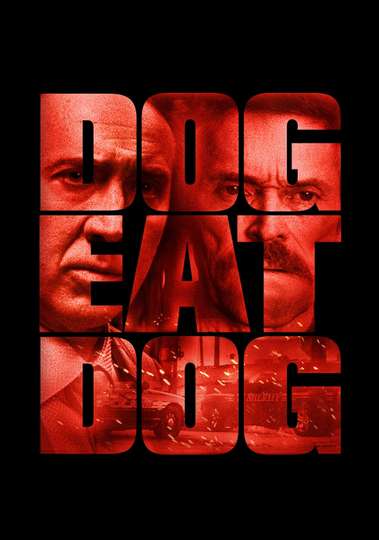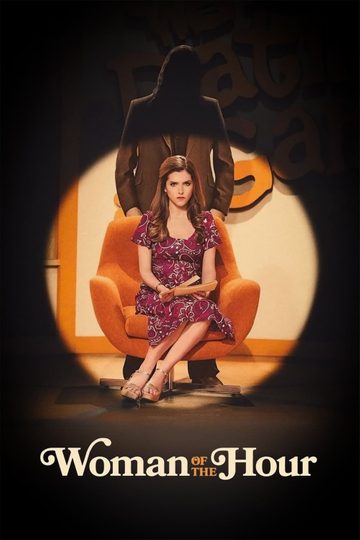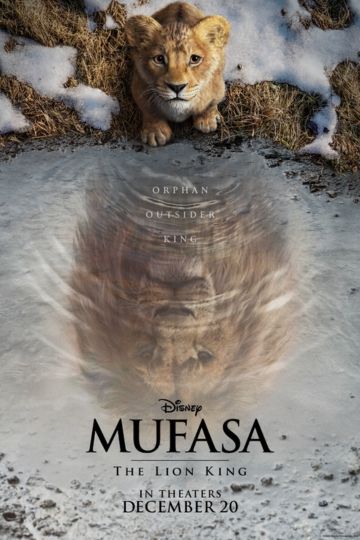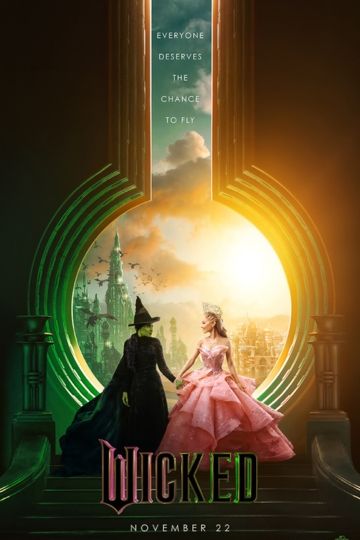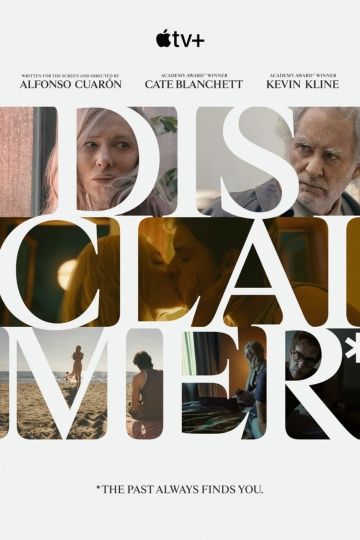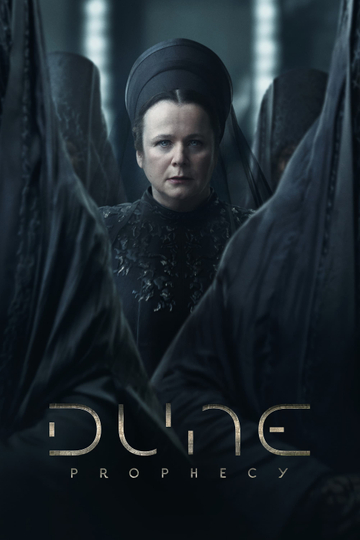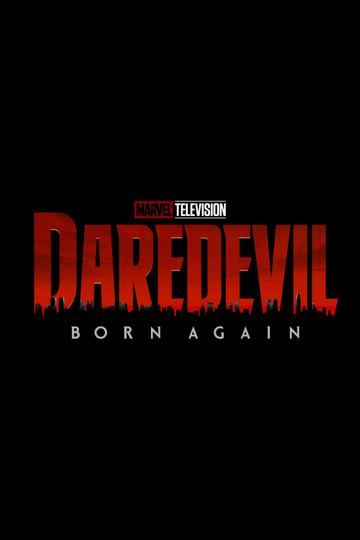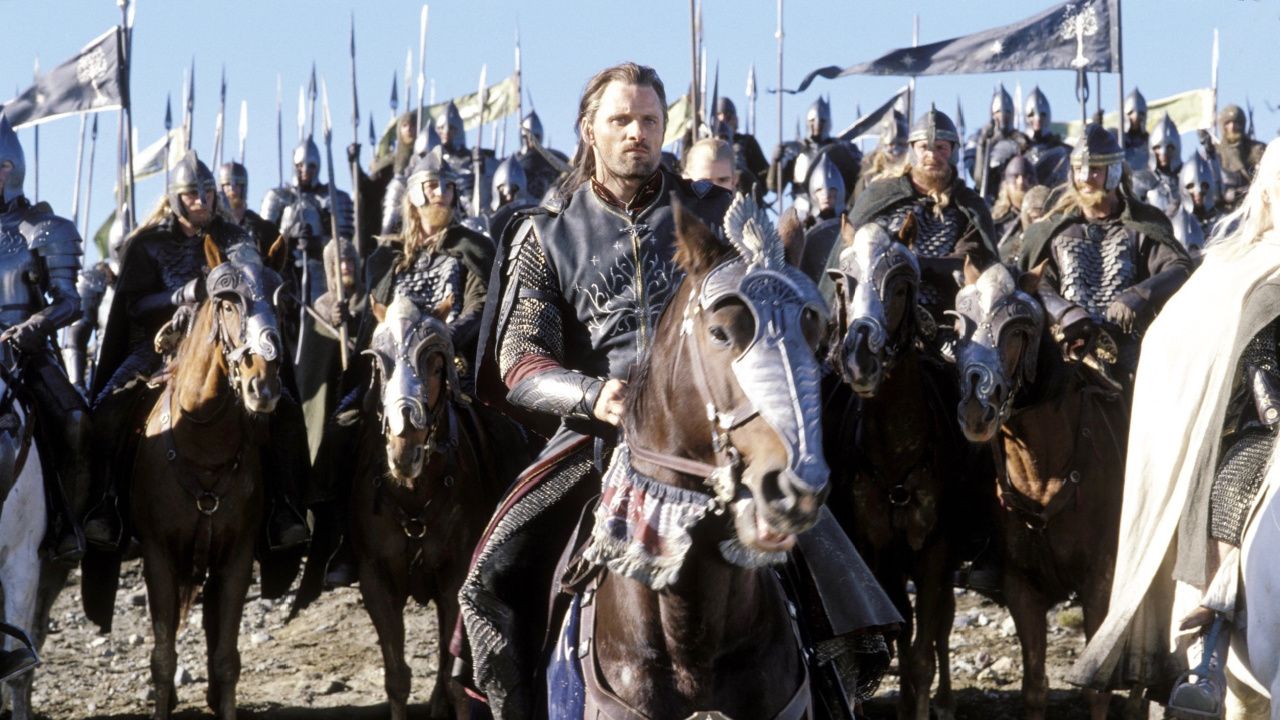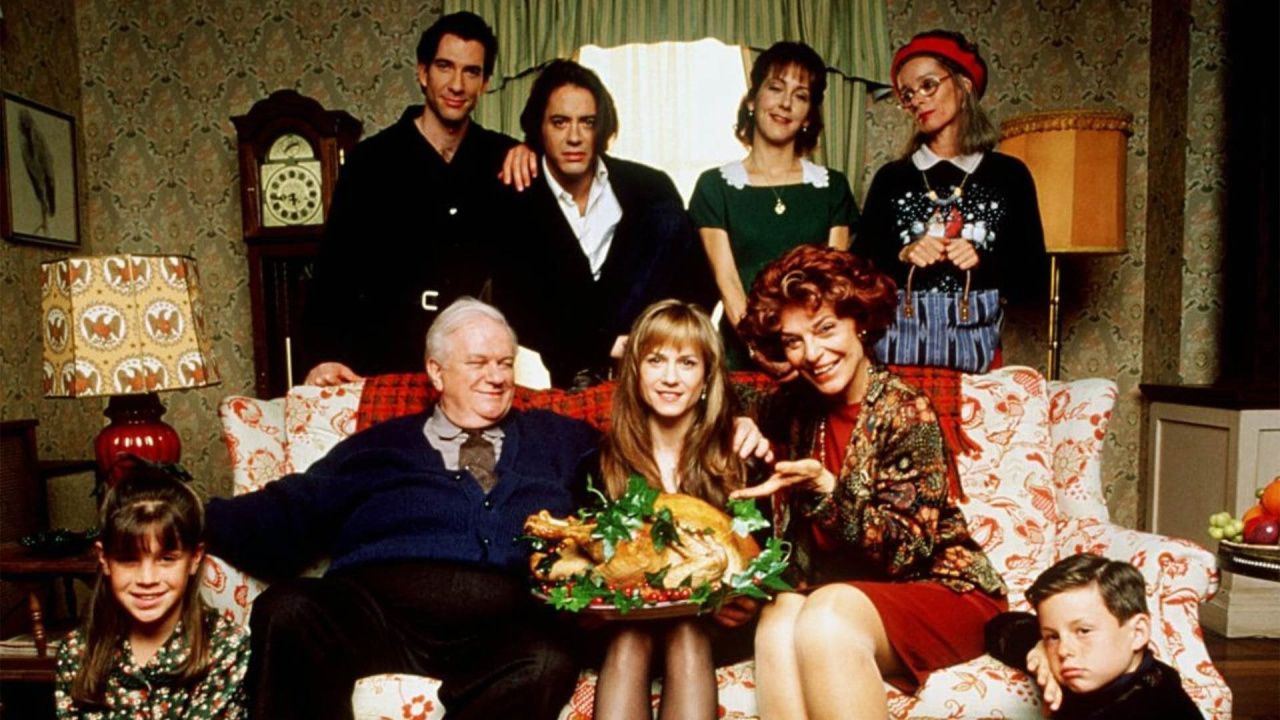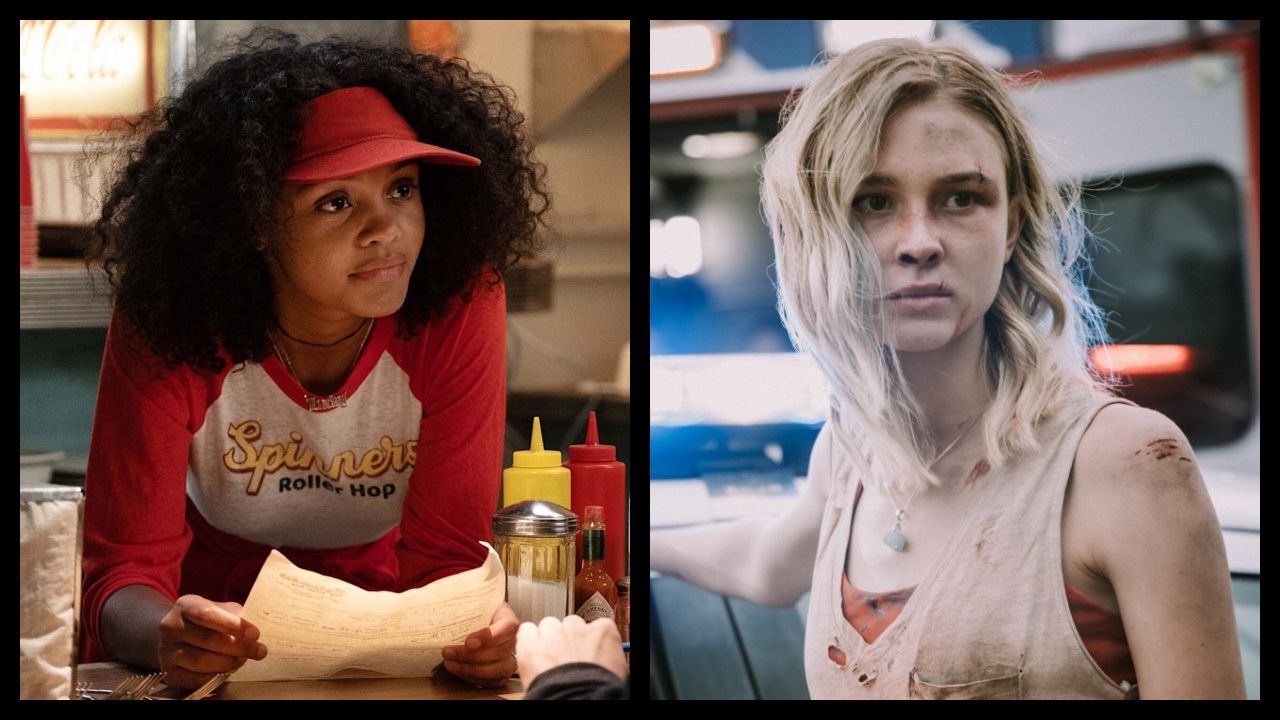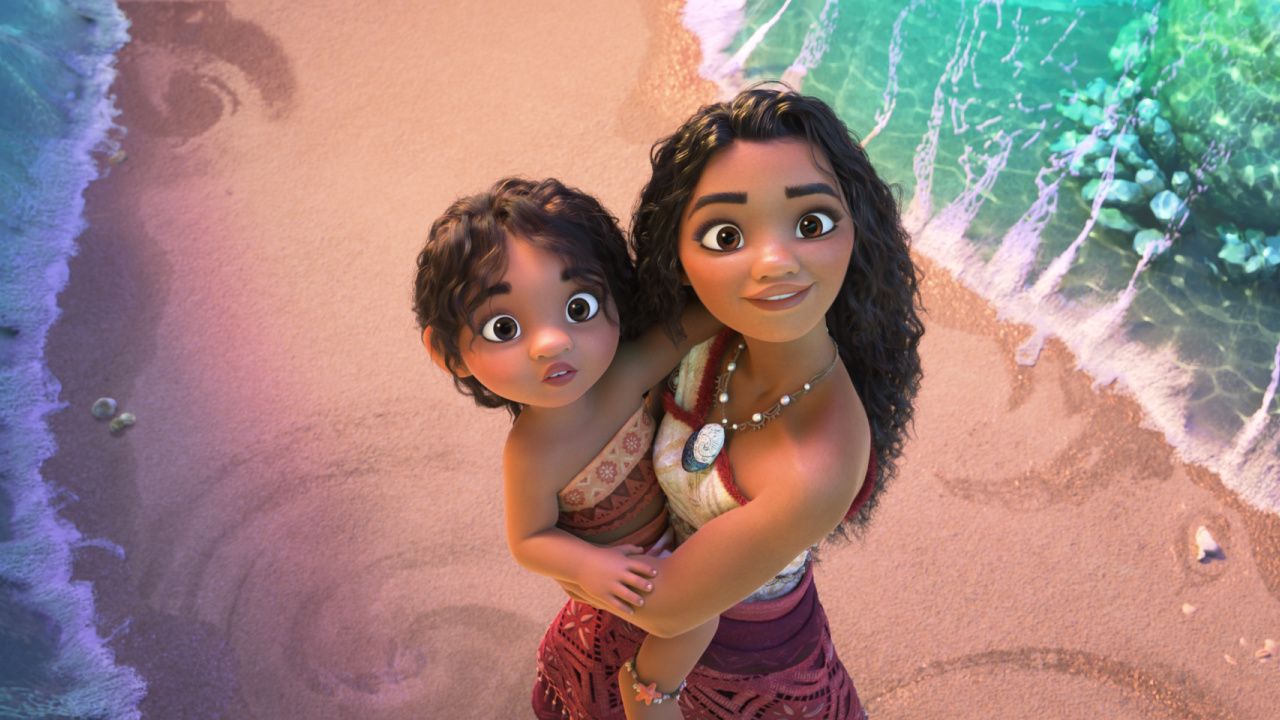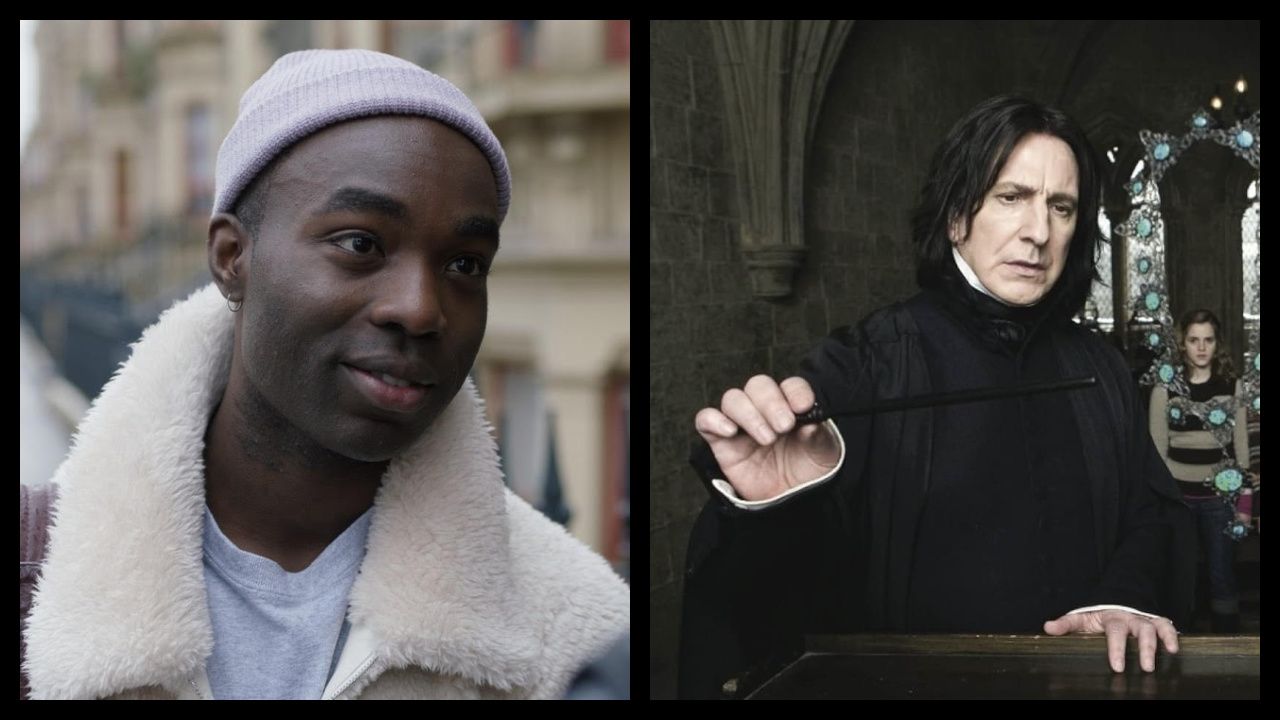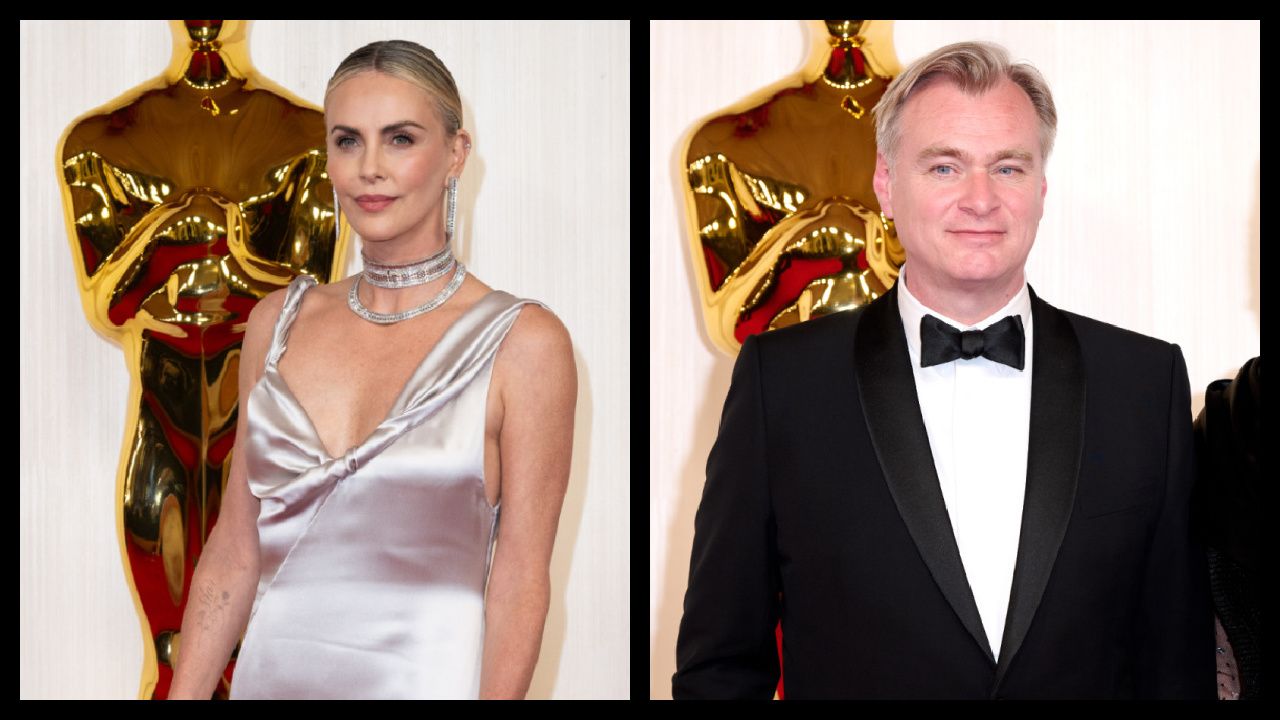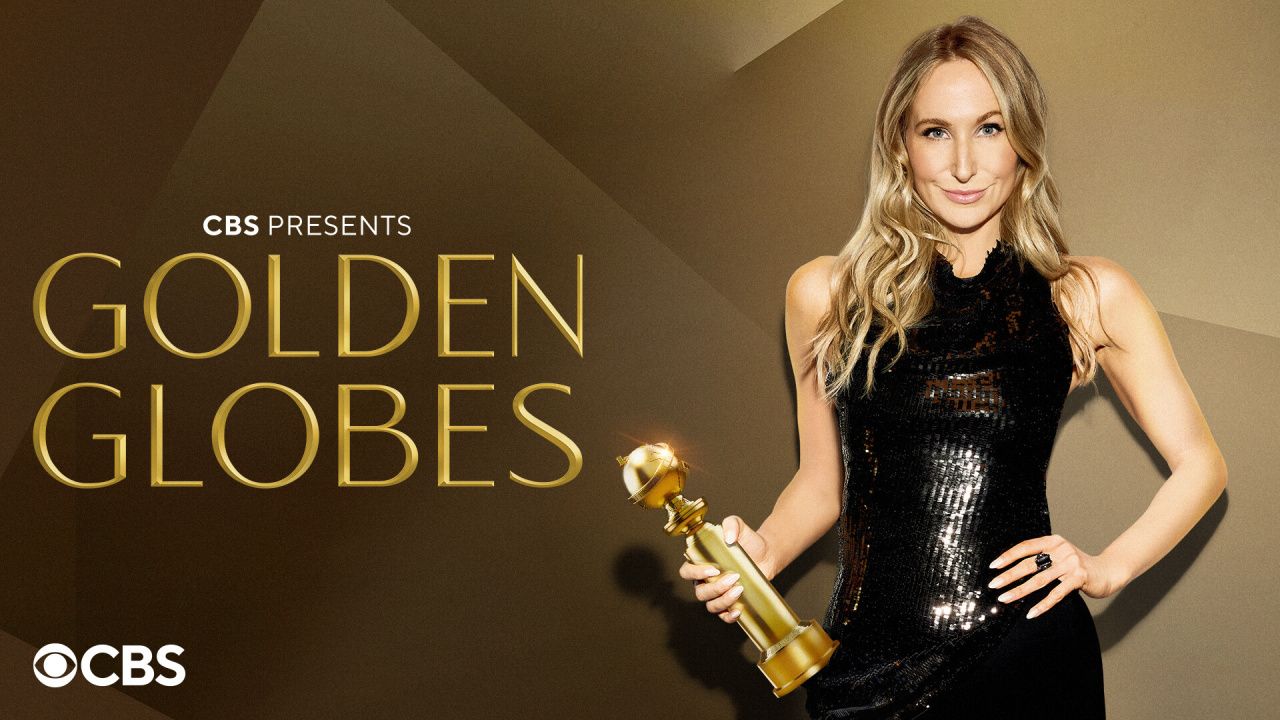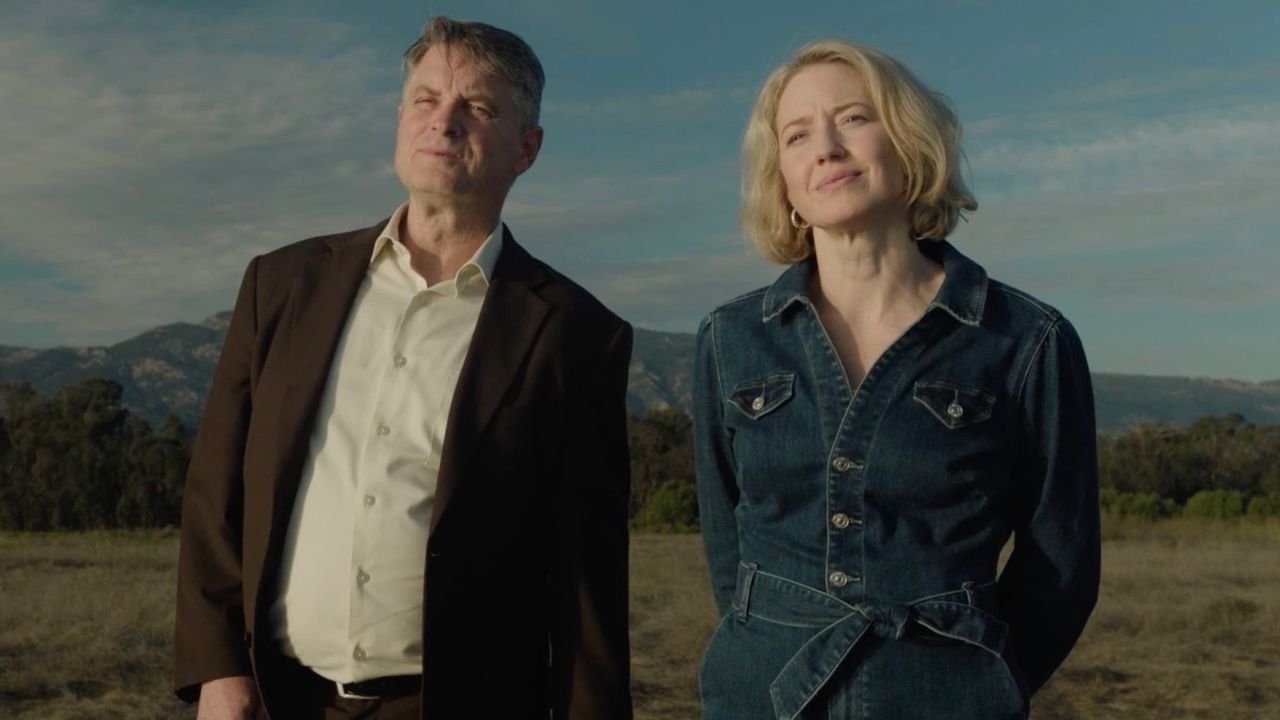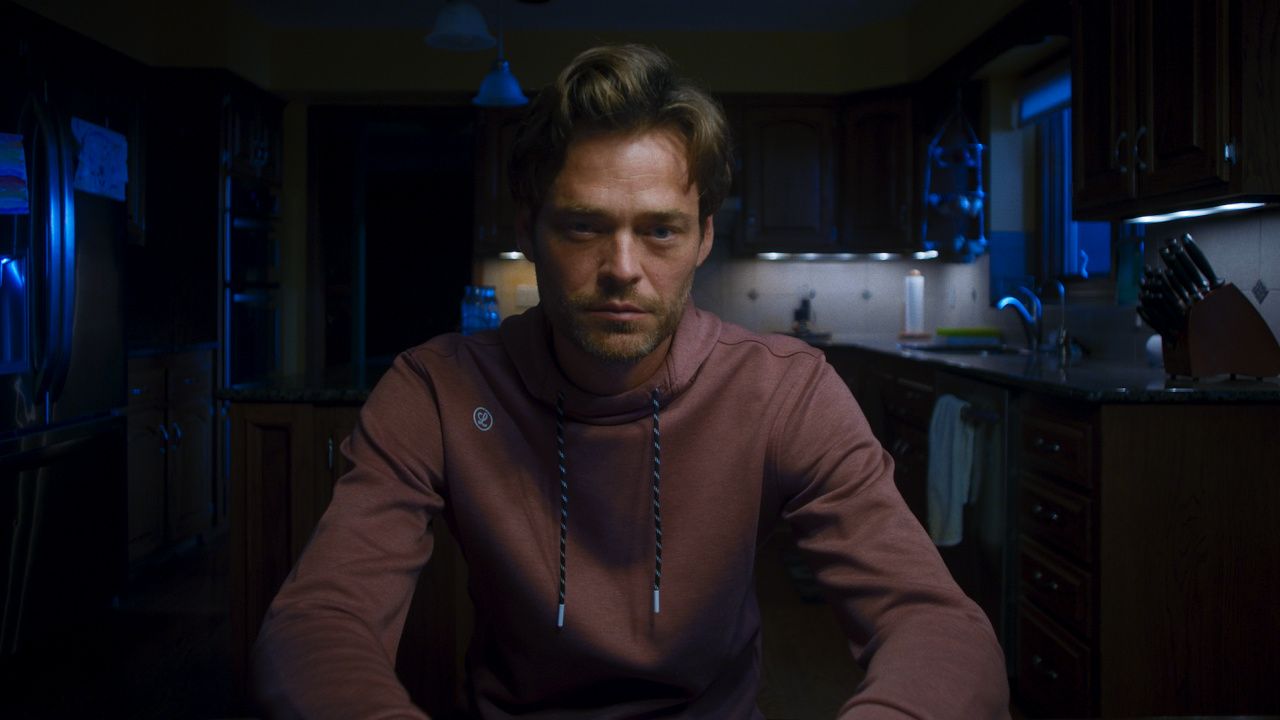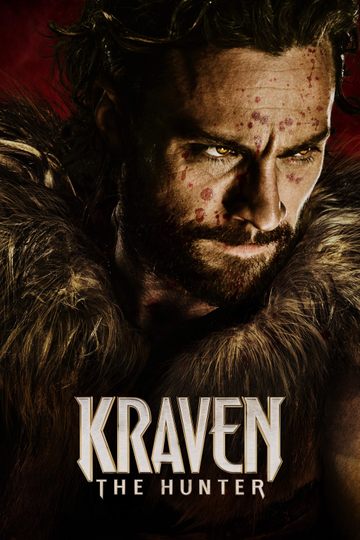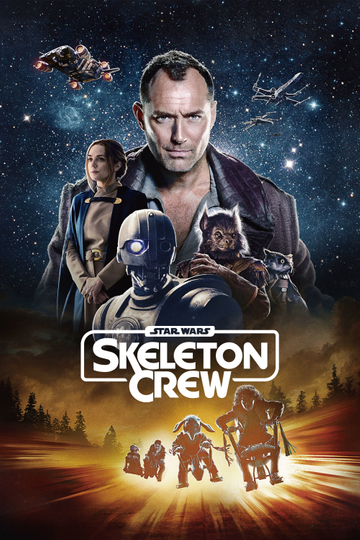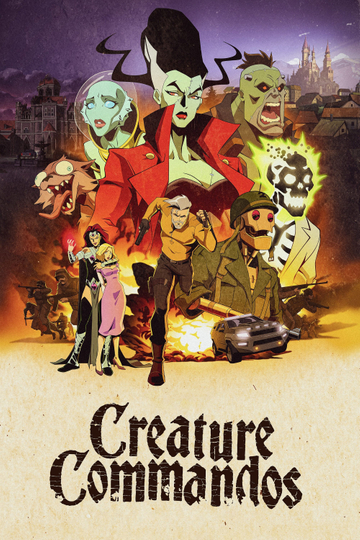Nicolas Cage on 'Dog Eat Dog,' Nouveau Shamanism, and That 'Superman Lives' Documentary
There's something inarguably admirable about the way Nicolas Cage approaches each and every one of his performances -- these are balls-to-the-wall ventures, full of blood, sweat, and, occasionally, screaming about bees. No matter the project, Cage commits himself fully and with a kind of knowing playfulness. He's never phoned in a performance. You've never gone to one of his movies and come out thinking, Boy, it would have been nice of Cage was more engaged in that role. IT. DOESN'T. HAPPEN.
And you can feel that fully in "Dog Eat Dog" (in theaters Friday), an absolutely insane crime thriller from Paul Schrader. In the film, Cage stars as Troy, a recently released convict who teams up with his murderous buddy, Mad Dog (an equally incredible Willem Dafoe), for a kidnapping job that goes terribly wrong. This is the kind of job Cage describes as "a real good gig that'll take your t*ts off." The film, which Schrader co-wrote with Matthew Wilder and is based on a novel by Edward Bunker, played during this year's Cannes Film Festival and is out this Friday. It's a wild ride, and Cage is, of course, unimpeachable.
I got to chat with Cage on the phone about "Dog Eat Dog," what makes these collaborations with Paul Schrader so special, his Humphrey Bogart impression, and the sequence where he and Dafoe get into a condiment fight. Also, I quiz him about his "nouveau shamanism" acting style, and the recently released alternate ending to his underrated Brian De Palma collaboration "Snake Eyes," as well as the documentary ("The Death of 'Superman Lives': What Happened?") that was made about his aborted "Superman" project with director Tim Burton.
This is the second movie you've made with Paul Schrader in the last few years. I was wondering if you could talk about your collaboration and what makes it so special.
Well, it's actually the third movie we've worked on together since he was the one who adapted "Bringing Out the Dead" for Marty [Scorsese]. I remember way back when I was making "Bringing Out the Dead" and we all had dinner at Scorsese's house. And Paul was giving me his thoughts on all sorts of things, particularly when it came to performance. I remember him saying to me, "Don't throw your pearls before swine." He wrote me this long list of notes pertaining to the performance. One of his notes said, "I prefer to have more complexity," and what he meant was create a character that has more questions than answers, because they'll have a longer shelf life. I thought that was really interesting, especially because he was just writing and not directing that movie, and he still took the time to give me those notes.
Paul is a total intellectual. He's probably the smartest guy in the room, whichever room he walks into. And as you rightly pointed out, I did two movies with him recently. He wrote "Dying of the Light," which is incidentally one of the best characters I ever read. That movie was taken from him in a way that was quite vulgar and he's very disappointed he couldn't get his cut. So he and I decided that we would work together.
Why I like working with Paul is that he doesn't fix what isn't broken, he doesn't give you too many notes, he trusts his actors, he's confident, and he gives you the space to let you bring it. And that is a very good environment to work in as an actor.
It seems like you're having a great time in the movie, particularly in a sequence I can only describe as a "condiment fight." Was that in the script or did you guys just come up with that?
That was all Paul. I think he had seen something like it in another movie, but I don't know the name of the movie. Paul is like that -- he's unafraid to cherry pick from other movies. He's even cherry picking from "Mr. Robot." He saw that image in another film. I like that moment. It speaks volumes to the relationship between Troy and Dog and they probably had a connection that was deeper than anything that was written or on the page.
There's this really interesting thread through the movie where your character is compared to Humphrey Bogart, and then, by the end of the movie, you're doing a full-on Humphrey Bogart impression. And you've done stuff like that in the past. Where does that come from?
It all started when I was doing "Wild at Heart." I had read a book called "An Actor Prepares" by Stanislavski, which is a great book by the way, and is a book I recommend to anyone studying to be an actor. But, me being me, I wanted to break the rules and one of the rules he puts forth is to never imitate anybody. And I thought that was interesting and I understood because you have to find your own voice and your own style.
When I did "Wild at Heart," I was thinking about something else I was developing called "art synthesis," where if you can do something in one art form, you can do it in another. Andy Warhol had done these marvelous collages with these wonderful figures. And I thought if Warhol could do something like that, why can't a film actor do that? With "Wild at Heart," I thought we could break these rules and do a Warhol-esque performance and take an icon and overlay it on a character, because the character of Ripley clearly loved Elvis. And then "Kick-Ass" came along and I thought, Well, this character is obviously obsessed with Batman and for me the great Batman is Adam West. I thought, Why doesn't he channel that? Maybe he's got some mechanism in him that is nuts, and he would do that to have some confidence on the job.
By the time we got to "Dog Eat Dog," and this all evolved as we were filming ... Let me begin with this: I wanted Troy to stand out as a convict. I didn't want him to have tattoos. They said 90% of convicts have tattoos and I said, "Well, Troy doesn't." I wanted him to be like the lotus flower on the muddy River Nile: touched but not stained. I wanted him to aspire to be something that he is not. I wanted him to have aspirations of being his favorite movie hero, so I turned him into a movie buff. And who would be the greatest icon of a gangster? Humphrey Bogart, he was the best, and that's me speaking, Nicolas Cage. But the character also feels like he's the king of cinema and aspires to be that kind of elegant gangster. He dresses better than the other guys and talks movies. By the end of the movie, Paul had come up with this idea that Paul was dead, and maybe he gets to be the character he loves so much before he goes to hell. But I want people to figure that out for themselves.
You just talked about your acting style that you implemented here, and I was always fascinated when you spoke about "nouveau shamanism" when you were promoting the last "Ghost Rider" movie. Do you try to come up with a new approach for each movie? What is that process like?
At this point, the process is an instinctual process relying heavily to the imagination and opening myself up to anything, really, that can inform or affect performance, including things I read in a newspaper. There was a scene in a movie I did called "Joe" where I didn't know how to get to a scene. I knew it had to be emotional and the character had to be pissed off and angry and upset with what was going on with Tye Sheridan's character and I remember reading in the newspaper this story about a child who was at the zoo who fell into a pit of wild dogs and was eaten alive and nobody was there to save it. I remember it really upset me and pissed me off so I opened myself up to that and got there. So it's about having the fluidity and sensitivity to be open to influences that fill in a performance. That's very private and sacred stuff in some ways and it's hard to talk about.
When I mentioned nouveau shamanism, I was really talking about the actor's role in society and actors, whether they know it or not, were the first shamans. What would happen, and this is pre-Christian, where villages all over the world, the people would go to get answers from the shaman and the shaman would go into these trances and act out situations and then locate answers from his imagination and then explain it to the village and give the village some peace of mind. That's no different than when you go to the movie theater and see a character drinking himself to death and you know someone in your family with a drinking problem and you see that character and go, "Holy sh*t," and get solace from that. It's not all that mystical or esoteric but it's an understanding of where the shaman wound up, which is actors.
One of the other things that came out this year was in the "De Palma" documentary; the original ending for "Snake Eyes" was finally seen. Was that validating?
I didn't get to see it. I would love to see the "De Palma" documentary. I'm a huge fan of Brian's and I tried to get to work with him several times since we did "Snake Eyes." But I didn't get to see the documentary or the alternate ending. Could you explain it to me?
Oh sure, it was when the big wave comes over Atlantic City and you're trapped in a tunnel, drowning.
Yes, that's fascinating. I remember him talking about it but I didn't know that he shot the wave. That's fantastic.
Similarly, there was a documentary out last year about your "Superman" movie with Tim Burton. Was it nice to see that stuff finally get out there?
Yeah, it was nice that the filmmakers gave folks a chance to look at what it was really looking like, instead of that goofy picture that came out, which was a Polaroid that didn't have any real lighting. It wasn't even a real costume. It was somebody trying to start a story and created a shakedown on the Internet, but it was entirely false. You can see the way it was genuinely going with a little bit of care and understanding put upon it.
"Dog Eat Dog" opens in select theaters Friday, and expands to VOD and digital HD November 11.
